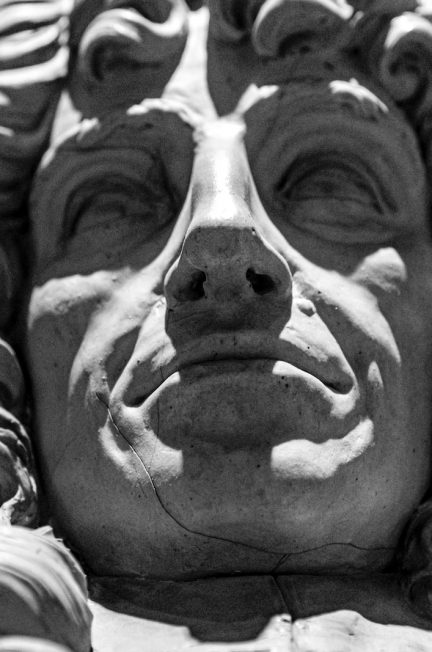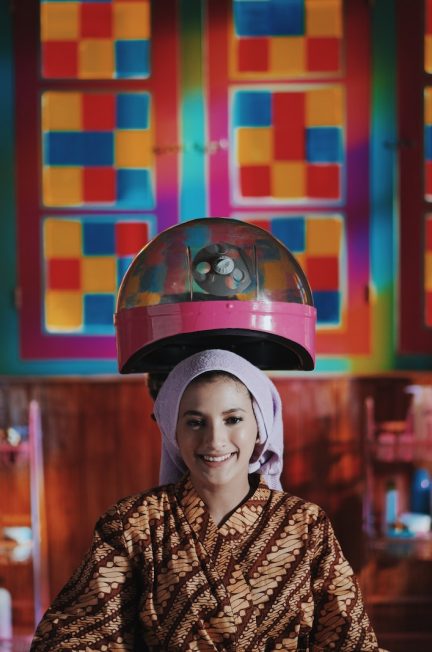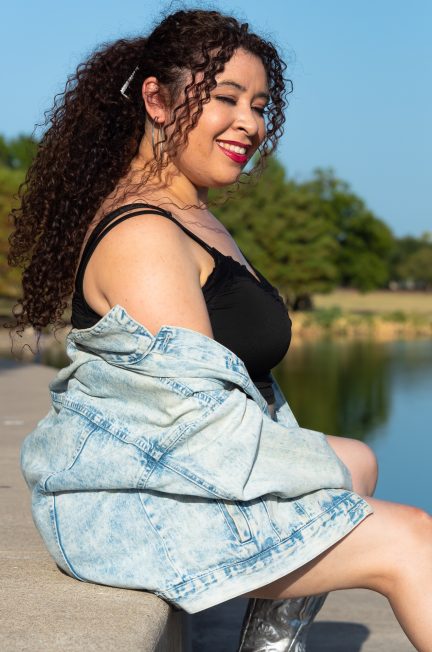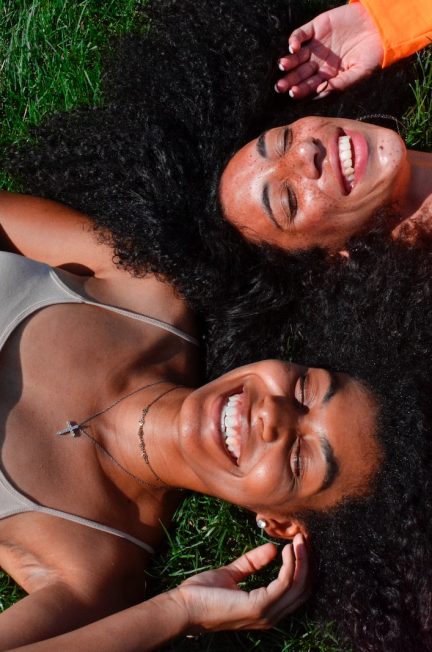Curly hair, with its enchanting spirals and voluminous texture, has a fascinating history that spans across cultures and centuries. From ancient civilizations to modern times, the perception and significance of curly hair have evolved significantly. In this article, we embark on a journey through time to explore the historical context and cultural implications of curly hair.
- Ancient Roots: Curly Hair in Antiquity
The presence of curly hair can be traced back to ancient times. In ancient Egypt, for instance, both men and women adorned themselves with elaborate hairstyles, and curls were highly prized. Historical evidence, such as ancient artworks and hieroglyphs, depict individuals with curls, signifying their beauty and social status.
Similarly, in ancient Greece, curls were regarded as a symbol of divinity and depicted on statues of gods and goddesses. Greek women often styled their hair in intricate curls using various techniques, showcasing the value placed on curly hair during this period.
- Medieval Perceptions: Superstitions and Symbolism
The Middle Ages brought with it a shift in attitudes towards curly hair. In some societies, there were superstitions associated with curly hair, and it was often believed that those with curls possessed magical or mystical powers. This belief gave rise to myths and legends about people with curly hair, both revered and feared for their unique appearance.
- The Renaissance Era: A Return to Appreciation
During the Renaissance period, there was a revival of appreciation for the aesthetics of curly hair. Paintings and portraits from this era often featured subjects with curls, signifying a return to the admiration of natural beauty. Curly hair was embraced as a symbol of femininity and grace, becoming a desirable attribute for women.
- Victorian Era: The Rise of Elaborate Hairstyles
The Victorian era brought with it an obsession with elaborate hairstyles. Women’s hairstyles during this time were characterized by intricate curls, ringlets, and braids. The popularity of hair extensions and accessories further emphasized the value placed on voluminous, curly hair.
- The 20th Century: Changing Perceptions
The 20th century witnessed a mix of changing perceptions towards curly hair. At the beginning of the century, women often sought to straighten their curls to conform to the prevailing beauty standards. However, as the decades progressed, the appreciation for diversity and natural beauty began to resurface.
The 1960s and 1970s saw the emergence of the “natural hair movement,” championed by the African American community. The movement aimed to embrace natural hair textures, including curls, as an assertion of pride in cultural heritage and identity. This era marked a turning point in societal perceptions, encouraging individuals to celebrate their curls.
- The Modern Era: Embracing Diversity
In recent decades, the modern world has witnessed a significant shift towards embracing diverse beauty standards. The natural hair movement has grown exponentially, with people from various backgrounds and ethnicities proudly showcasing their curly hair.
In the age of social media, curly-haired influencers and celebrities have played a vital role in promoting acceptance and appreciation for curls. As a result, curly hair is no longer seen as an anomaly but as a beautiful and celebrated expression of individuality.
The history of curly hair reflects a fascinating journey through time, where perceptions and cultural significance have evolved. From ancient civilizations that revered curls as symbols of beauty to the modern era, where curly hair is embraced as an expression of individuality and cultural pride, the story of curly hair is one of resilience, diversity, and acceptance. Today, curly hair stands as a testament to the celebration of natural beauty, encouraging everyone to embrace their unique hair textures and find empowerment in their authenticity.



